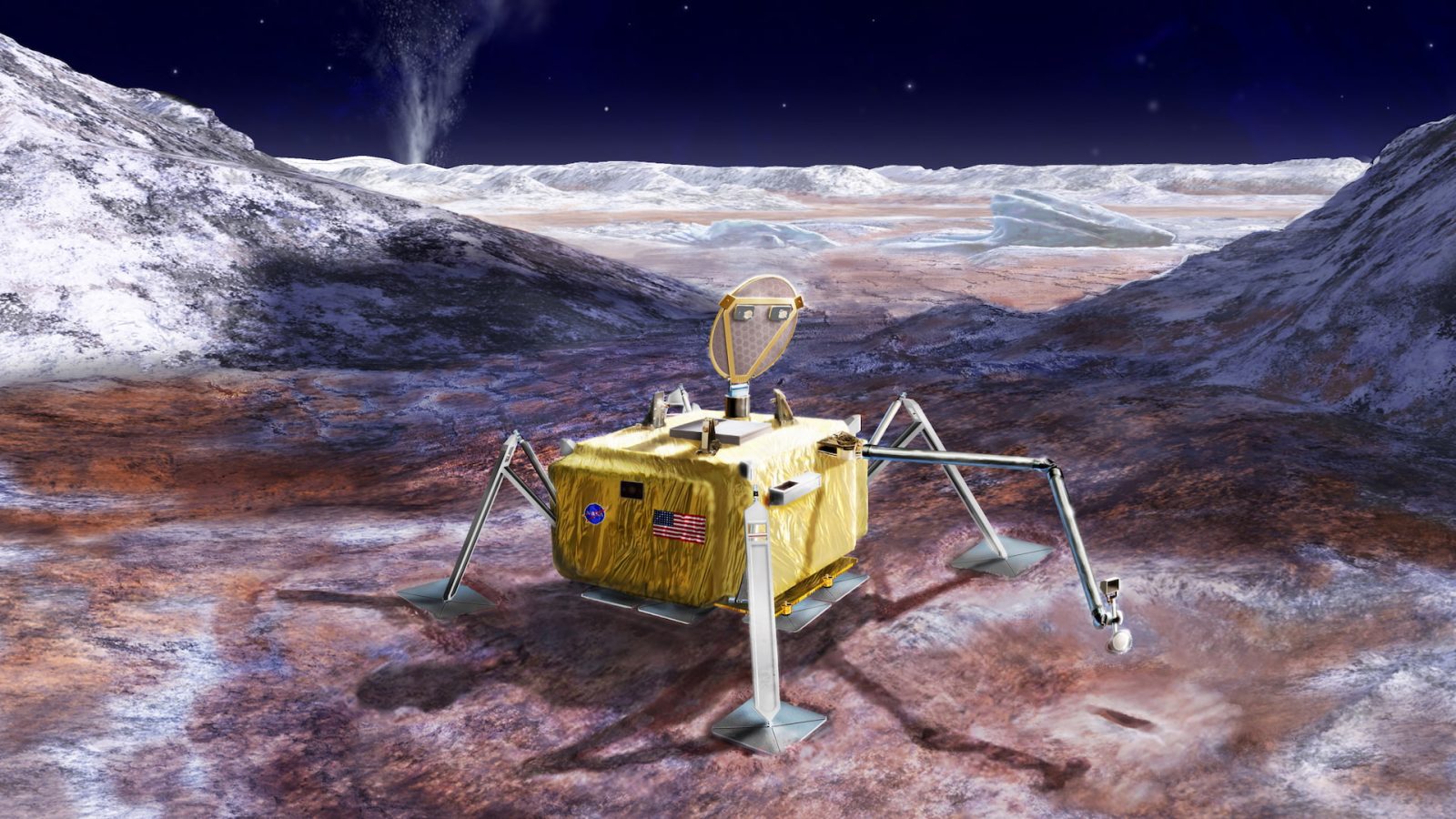
As humanity continues its relentless pursuit of the cosmos, engineers at NASA‘s Jet Propulsion Laboratory are working on an ambitious concept for a journey to one of the most promising locales for extraterrestrial life within our solar system – Jupiter‘s moon Europa. A potential Europa lander would be designed to delve into the secrets hidden beneath its icy exterior.
The enigmatic appeal of Europa
Europa, with its vast subsurface ocean hidden beneath a frozen crust, offers an environment that might support life. This icy moon has spurred significant interest because it provides the essential elements believed necessary for life: water, chemistry, and energy. The Europa lander’s mission focuses on these aspects, aiming to verify Europa’s habitability by directly sampling the ice and scouting for signs of life.
The role of Artemis in paving the way
NASA’s Artemis program, aimed at returning humans to the Moon, closely aligns with the objectives of a notional Europa mission. Artemis serves as a testing ground for technologies and capabilities essential for surviving and operating in the harsh environments of the outer solar system. Moreover, the Lunar Gateway – a planned lunar orbiting outpost under Artemis – could support missions like a Europa lander by serving as a staging area, facilitating easier assembly or servicing of spacecraft required for the journey to Jupiter’s icy moon.
Harnessing nuclear power for harsh environments
The extreme conditions on Europa – its distance from the Sun and the intense radiation from Jupiter – render solar panels ineffective. Instead, the Europa lander is expected to utilize radioisotope power systems, which provide a steady and reliable power source by converting heat from the decay of plutonium-238 into electricity. The use of radioisotope power systems ensures the lander can withstand the rigorous demands of the mission, operating continuously in one of the solar system’s most challenging environments.
A diverse scientific payload
The Europa lander would carry a comprehensive suite of scientific instruments designed for astrobiological research. This includes spectrometers to analyze the chemical composition of Europa’s ice, drills or melting probes to penetrate the subsurface, and potentially even a mini-submarine or hydrobot to explore the moon’s ocean. Such an array of tools would allow scientists to conduct a broad spectrum of experiments, paving the way for significant discoveries about Europa’s geology, chemistry, and potential for supporting life.
Uniqueness of the Europa lander mission
A Europa lander mission stands out as a pinnacle of modern space exploration due to its multifaceted approach.
A quest for extraterrestrial life: The potential discovery of life in Europa’s subsurface waters would represent a monumental scientific breakthrough, providing the first evidence of life beyond Earth.
Braving extreme conditions: Successfully operating a lander in the harsh radiation and frigid temperatures of Europa would be a testament to human ingenuity in engineering.
Technological marvels: Employing advanced technology like radioisotopic power systems and innovative robotics enhances humanity’s capability to explore other icy bodies in the solar system in the future.
Interdisciplinary scientific investigation: The mission crosses disciplinary boundaries, combining geology, chemistry, and biology to offer a comprehensive understanding of Europa’s environment.
Global collaboration: The mission’s complexity and cost suggest it could benefit from international collaboration, pooling resources and expertise from around the globe.
FTC: We use income earning auto affiliate links. More.


Comments